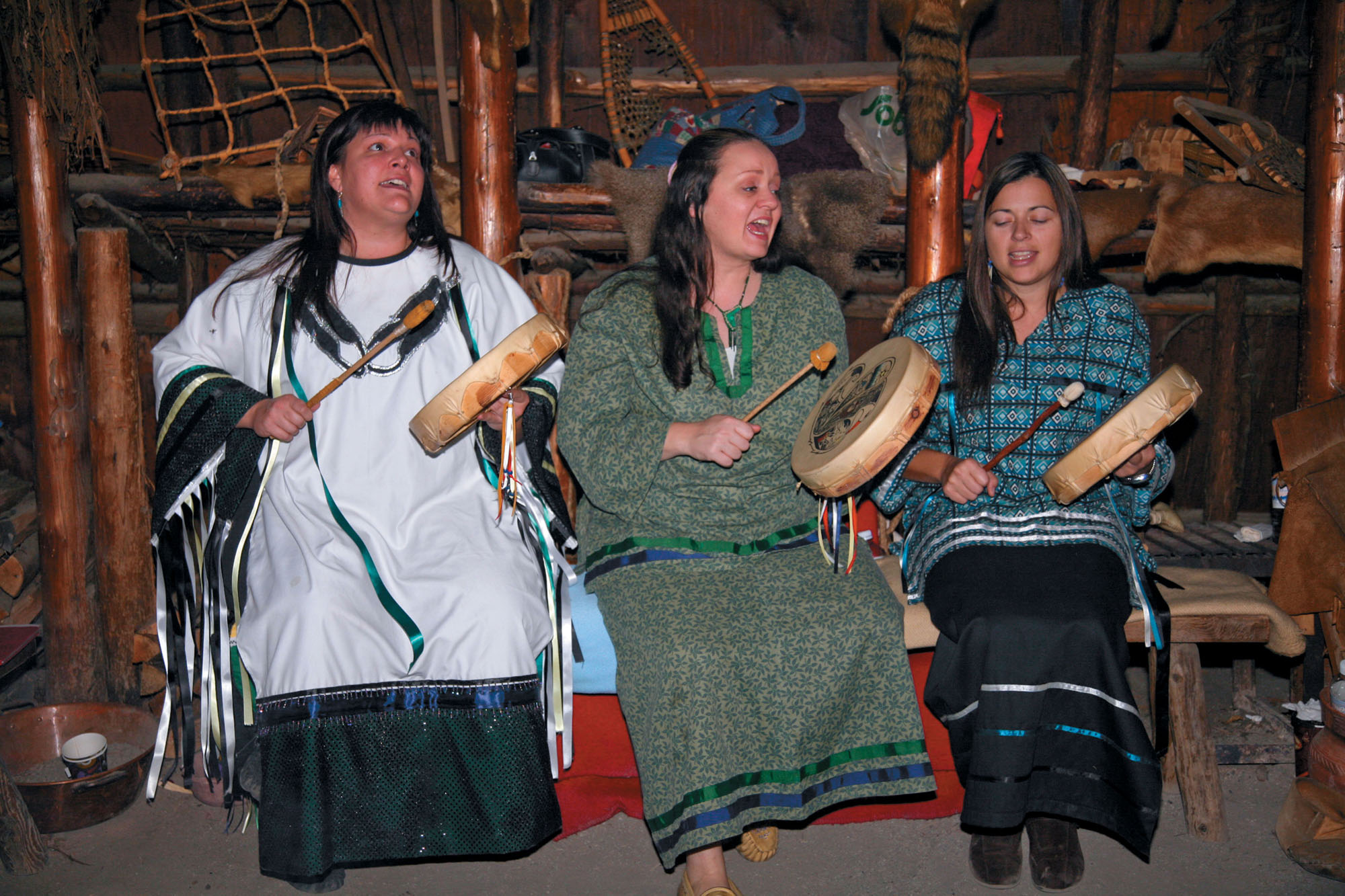Patterns of Marital Residence
-
14.8 Identify the various patterns of marital residence.
In the United States and Canada, young people may be groomed for independence and self-reliance by going to sleep-away summer camps and working in after-school or summer jobs. Young adults of all income levels learn to live away from home most of the year if they join the army or attend an out-of-town college. And often when they form their own families, they move away from their parents. So familiar is this pattern that we tend to assume that all societies must follow the same practice.
On the contrary, of the 565 societies in Murdock’s “World Ethnographic Sample,” only about 5 percent have had the practice of setting up separate households for newlyweds.69 In the vast majority of societies, then, a new couple lives within, or very close to, the household of either the groom’s or the bride’s parents or other close relatives. It stands to reason that when a newly married couple lives near kin, relatives will play important roles in their lives and those of their offspring.
Young people in almost all societies are required to marry outside the nuclear family and, with few exceptions, couples in almost all societies live together after they are married. Therefore, some young people must leave home when they marry. But which married offspring remain at home and which reside elsewhere? We pay particular attention to where these new family units take root and grow, because it can predict which relatives and other allied groups are likely to be important in a society. Although societies vary in the way they deal with this question, the prevailing pattern of marital residence is likely to be one of the following:
-
Patrilocal. Sons stay and daughters leave, so that a married couple lives with or near the husband’s parents (67 percent of all societies).
-
Matrilocal. Daughters stay and sons leave, so that a married couple lives with or near the wife’s parents (15 percent of all societies).
-
Bilocal or ambilocal residence. Either the son or the daughter may leave, so that the married couple lives with or near either the wife’s or the husband’s parents (7 percent of all societies).
-
Avunculocal residence. Both the son and daughter normally leave, but the son and his wife settle with or near his mother’s brother (4 percent of all societies).70
-
Neolocal residence. Both sons and daughters leave; married couples live apart from the relatives of both spouses (5 percent of all societies).
In these definitions, we use the phrase “the married couple lives with or near” a particular set of in-laws. When couples live with or near the kin of one spouse, the couple may live in the same household with those kin, creating an extended-family household, or they may live separately in an independent-family household, but nearby. (Also, in contrast to bilocal residence, matrilocal, patrilocal, and avunculocal residences each specify only one pattern and are often called nonoptional or unilocal residence patterns.)
How does place of residence affect the social life of the couple? It largely determines which people the couple interacts with and depends upon. The kin group the couple joins is also likely to be more influential in the lives of their offspring. Whether the couple lives in the husband’s or the wife’s kin group can also be expected to have important consequences for their status. If married couples live patrilocally, as occurs in most societies, the wife may be far from her own kin. The feeling of being an outsider may be particularly strong if the wife has moved into a patrilocal extended-family household. She will be an outsider among a group of male relatives who have grown up together.
Among the Tiv of central Nigeria,71 the patrilocal extended family consists of the “great father,” who is the head of the household, his younger brothers, his sons, and his younger brothers’ sons, followed by all the in-marrying wives and all unmarried children. The sisters and daughters of the head of household who have married will have gone to live where their husbands live. Authority is strongly vested in the male line and particularly in the oldest male of the household. The “great father” determines bride price, settles disputes, administers punishment, and plans for new buildings.
If, on the other hand, the husband comes to live with or near his wife’s parents, the wife and her kin take on greater importance, and the husband is the outsider. As we shall see, however, matrilocal marital residence does not endow women with the same power that patrilocal residence confers on men. The conditions under which such kin groups exist are often not the same; for example, the husband’s kin in matrilocal societies are likely to live nearby. Moreover, even though residence is matrilocal, it is the brothers (or sons of the matriarch), not the sisters (or daughters of the matriarch), who become the kin group’s decision-makers. Nevertheless, women in some matrilocal societies do enjoy somewhat greater status.

Three Iroquois women sing in an Iroquois longhouse in Ontario. The core of a traditional longhouse were matrilineally related women.